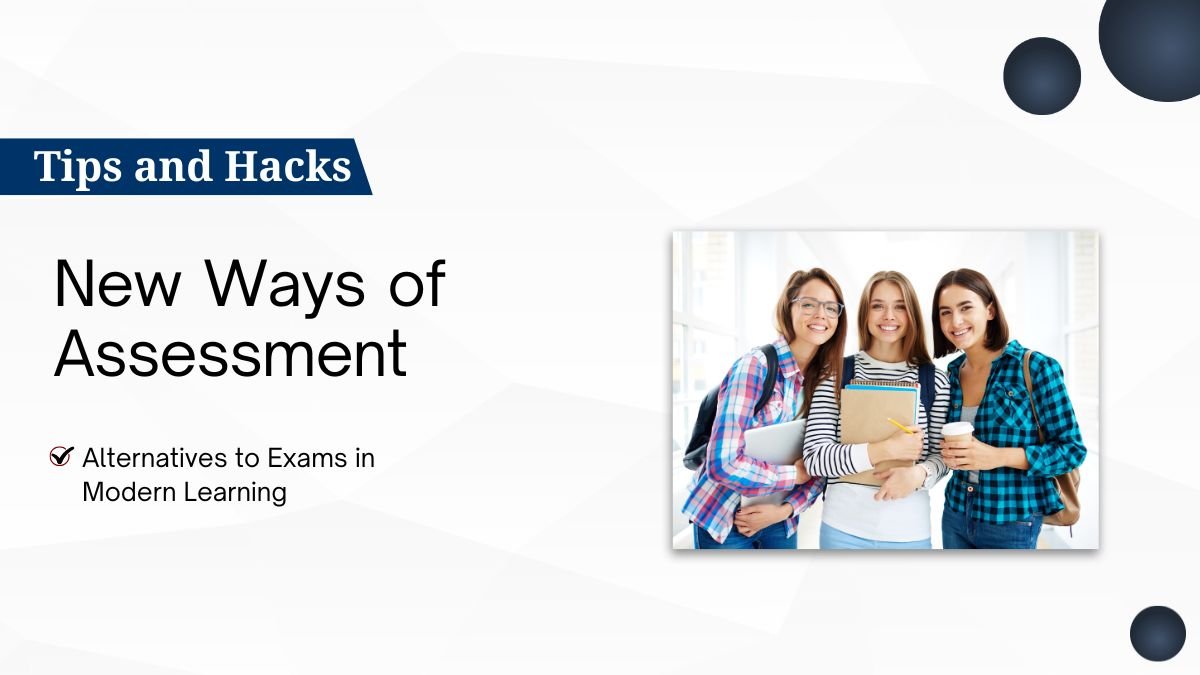Artificial Intelligence and the Customized Learning Experience: A Fresh Era for Schoolwork
Presently, the whole education system has entered a period of evolution. It has already advanced from the old methods of one mind suited all, to the gradual changing of the paradigm. Before, all children were processed slowly, and a whole class went on completing the syllabus, irrespective of the level of understanding of a child or whether he needed some extra time. This left some students in the backlog and others with the feeling of boredom. But now, education is moving in the direction of customizing the entire learning experience to suit each child’s needs, abilities, and interests, with AI and adaptive learning technologies being the catalysts to this change.
Can you imagine a classroom where every student is nurtured according to their needs, provided instant feedback, and no child left behind? This dream is indeed gradually moving toward reality.
1. Customized Learning Paths – A Unique Path for Every Child
The general pace in traditional classrooms is the same for everyone. But the truth is that every child learns in a different way.
- Some kids have an immediate grasp of math concepts.
- Some are great at literature and language but struggle with science theory.
- Some can’t memorize but learn quickly when shown visually.
AI collects data about kids’ performance, learning styles, attention patterns, and establishes unique learning paths.
Example: If a child struggles with fractions, AI provides practice, visual aids, and games. If another child is proficient, AI moves them to advanced topics. No one is left behind, and no one stagnates.
2. Intelligent Tutoring Systems – Always Available Teachers
AI-powered tutors and chatbots serve as tireless companions, accessible anytime.
- A child solving physics problems at midnight can ask AI for help.
- A language learner can converse with an AI companion for instant feedback.
AI doesn’t replace teachers, but supports them where human presence is limited.
3. Automated Grading and Instant Feedback
AI reduces the time teachers spend grading quizzes, short answers, and even essays. Real-time feedback ensures mistakes are corrected quickly, boosting learning impact.
4. Data-Driven Insights for Teachers
AI empowers teachers by:
- Identifying students falling behind.
- Showing which teaching strategies work best.
Example: If a whole class fails a concept, teachers can reframe their approach.
5. Assist for Children of Varied Abilities
AI enables inclusive education:
- Speech-to-text for dyslexia.
- Visual aids for ADHD or autism.
- Text-level adjustment for struggling readers.
Each child learns at their own pace and ability.
Benefits for Students and Teachers
For Students
- Higher engagement: Math taught with football stats excites learners.
- Faster mastery: Weak areas get more practice, strong areas move ahead.
- Boosted confidence: Personalized progress reduces dropouts.
For Teachers
- Reduced workload: Less grading hassle.
- Better understanding: Real-time feedback on what works.
- Stronger connections: More time for emotional support and mentoring.
Challenges and Important Precautions
1. Balance Between Humans and AI
AI cannot replace teachers. Children need emotional guidance and role models. AI should support, not substitute.
2. Data Security and Privacy
AI collects sensitive data. Schools and governments must ensure strong security measures.
3. Over-Reliance on Technology
Instant answers risk dulling critical thinking. Teachers must encourage independent problem-solving.
4. Equity and Access
Not all schools have internet or devices. Without equity, AI may widen gaps between rich and poor students.
Conclusions: Going Forward
Personalized learning systems of the future will be viable only if they strike a balance between:
- AI for efficiency: grading, personalization, support.
- Teachers for humanity: inspiration, emotional connection, critical thinking.
When integrated wisely, AI and humans together can prepare children not only for exams but for life itself. Tomorrow’s classrooms will be intelligent, compassionate, inclusive, and recognize the unique potential of every child.









